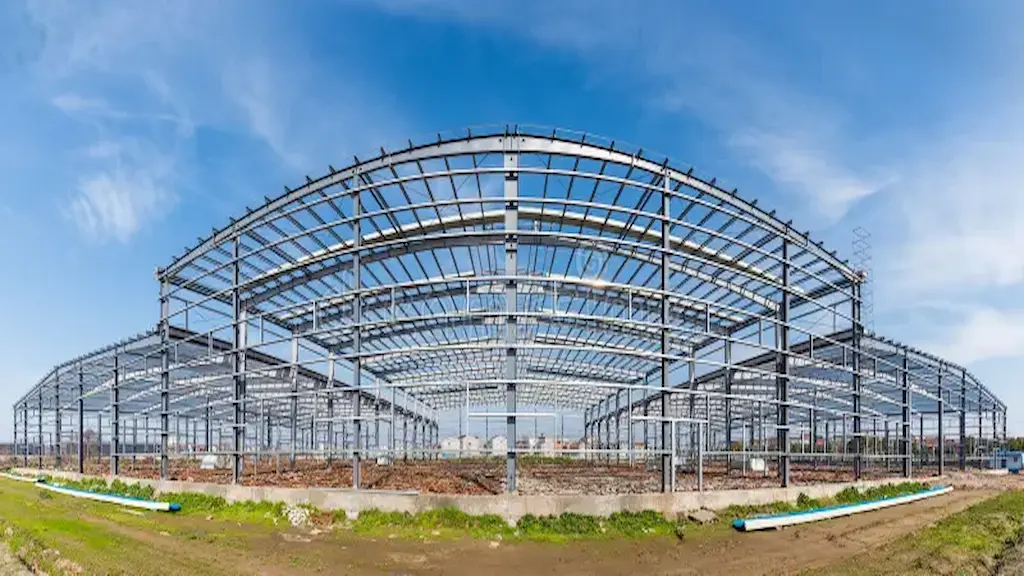Advanced Welding Techniques

Introduction to Advanced Welding Techniques in Steel Construction
Advanced welding techniques play a crucial role in modern steel construction by enhancing the strength, durability, and quality of steel joints. Welding is the primary method of joining steel components, and the integrity of these joints directly impacts the overall safety and performance of structures. Traditional welding methods, while effective, sometimes face limitations such as weld defects, residual stresses, and limited automation. Innovations in welding technologies address these challenges, improving precision, speed, and reliability in steel fabrication.
Technologies such as laser welding, friction stir welding, and advanced arc welding methods offer superior control over heat input and weld penetration. These techniques reduce distortion, minimize defects like cracks or porosity, and produce stronger, more consistent joints. In addition, automation and robotic welding systems integrate seamlessly with these technologies, enabling scalable and repeatable fabrication processes critical for large infrastructure and industrial projects.
Types of Advanced Welding Techniques
Several advanced welding technologies have gained prominence in steel construction. Laser welding uses highly focused laser beams to create deep, narrow welds with minimal heat-affected zones, resulting in less distortion and higher precision. This method is ideal for thin materials and complex geometries where accuracy is paramount.
Friction stir welding (FSW) is a solid-state process that joins metals without melting them, reducing residual stresses and producing welds with excellent mechanical properties. Although traditionally used in aluminum, FSW is increasingly adapted for steel, especially in critical applications like bridges and pipelines.
Advanced arc welding methods, including Gas Metal Arc Welding (GMAW) with pulsed current and hybrid laser-arc welding, combine the benefits of different processes to optimize weld quality and speed. These techniques improve penetration, reduce spatter, and enhance weld bead appearance.
Benefits of Using Advanced Welding in Steel Structures
Advanced welding techniques offer multiple benefits that improve the safety, longevity, and performance of steel structures. Stronger welds reduce the risk of joint failure under dynamic loads such as wind, seismic activity, and heavy use, ensuring structural integrity over the building’s lifespan.
Improved weld quality minimizes the need for costly repairs and inspections, reducing maintenance costs. The precision and control provided by these techniques lead to better fit-up and alignment of steel components, facilitating faster assembly and construction.
Automation of advanced welding also enhances productivity and worker safety by reducing manual labor and exposure to hazardous fumes and ultraviolet radiation. Furthermore, these technologies enable the fabrication of more complex and innovative designs, pushing the boundaries of architectural creativity.
Challenges and Future Trends in Welding Technology
While advanced welding techniques bring significant advantages, challenges such as high equipment costs, operator training, and process optimization persist. Specialized welding equipment requires investment and skilled personnel to ensure proper implementation and quality control.
Material compatibility and weldability of certain steel alloys demand ongoing research to expand the applicability of advanced methods. Monitoring and inspection technologies are evolving to detect weld defects in real-time, improving reliability.
Future trends include greater integration of artificial intelligence and machine learning to automate weld parameter adjustments, achieving optimal results with minimal human intervention. The development of portable and lightweight welding robots will facilitate on-site repairs and fabrication.
Sustainability considerations are also driving innovations in energy-efficient welding processes and eco-friendly consumables, aligning steel construction with environmental goals. As technology advances, advanced welding techniques will continue to be pivotal in constructing safer, stronger, and more efficient steel structures worldwide.





